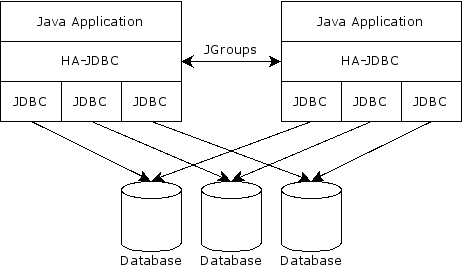When it comes to Disaster Recovery & High Availability Techniques, these Acronyms are a must. So will discuss a bit in further.
1. Business as usual
At this stage all systems are running production and working correctly.
2. Disaster occurs
On a given point in time, disaster occurs and systems needs to be recovered. At this point the Recovery Point Objective (RPO) determines the maximum acceptable amount of data loss measured in time.




